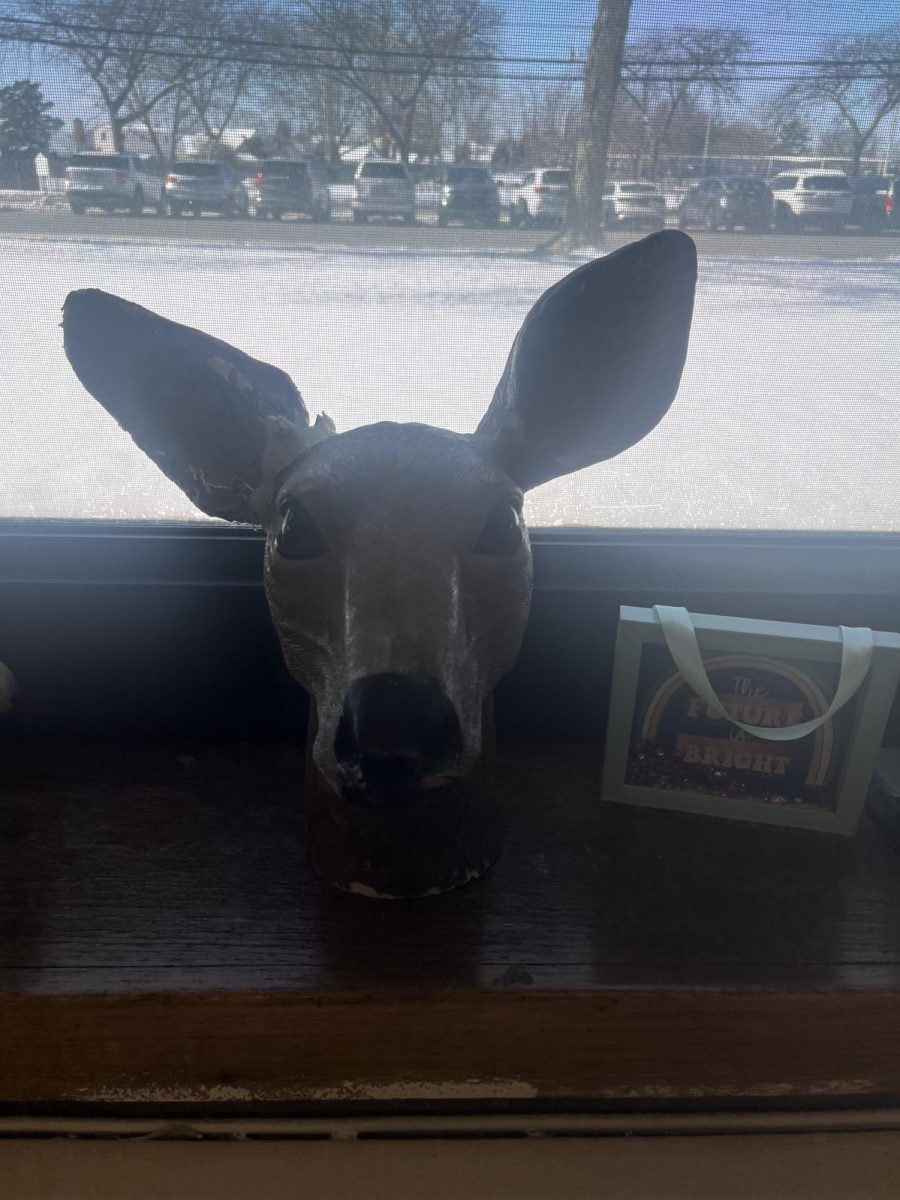If someone were to ask you, “What’s a common Halloween decoration,” what would you think of? Fake skeletons? Blow-up ghosts? How about jack-o’-lanterns; you know, the pumpkins with the faces carved in them? According to BHS sophomore Tara Gyalsten, “Yeah, I like them. I like how they glow.” Which has lead me to wonder how many people would like its cunning origin story along with it.
As do all great stories, it starts with someone being a jerk.
Stingy Jack was a man known for sticking around in pubs, cheating his way out of miniscule inconveniences, and just being an all around con. Jack’s reputation spread all throughout Ireland, and eventually made its way to the Devil himself. The Devil approached the scrooge, who invited him out for a drink at the local pub. However, when the time came to pay, Jack didn’t want to. Instead, he convinced the Devil to turn himself into a coin to pay for their drink. When the Devil complied, Jack took the opportunity to prove how the Devil had underestimated his intelligence, by pocketing the coin next to his silver cross, so the Devil could not escape. Jack eventually freed the Devil, under the condition that he would not bother Jack for one year and that, should he die i that one year, the Devil would not claim his soul.
The next year, the Devil, still angered, came back to Jack. This time, Jack convinced the Devil to climb up a tree. When the Devil complied, Jack carved a cross into the trunk, so the Devil could not escape. Jack eventually freed the Devil, under the condition that he would not bother Jack for ten years and that, should he die within those ten years, the Devil would not claim his soul.
Soon after, Stingy Jack passed away. He arrived at the gates of heaven, but God refused to allow such a man into his home, turning him to the Devil. The Devil, still angered, came up with a perfect, cunning punishment for his scammer: upholding his promise. He sent Jack away into the night, with nothing but a small lantern to light his way.
The Irish soon began to see his ghost and lantern, at first mistaking him for the will-o’-the-wisp. Later, when they realized that the new “will-o’-the-wisp” was the ghost of the infamous Stingy Jack, they began to call him Jack of the Lantern, or simply, Jack O’Lantern.
Fearing the ghost, the people formulated a plan to scare him away from their homes. They made their own versions of Jack’s lantern, carving scary faces into turnips and placing them by doors or windows to frighten Jack and other fae away from their home.
When America opened their doors to immigrants, the Irish brought Jack’s legend with him, and rather than stick with the tradition of turnips, slowly changed to carving faces into pumpkins to symbolize autumn. Overtime, these home-made-lanterns grew to be a fun Halloween activity between family and friends, and a festive decoration lining the doorsteps.



















